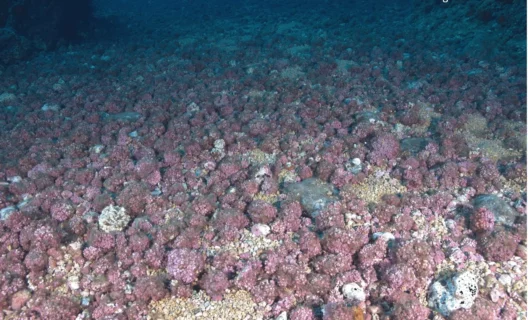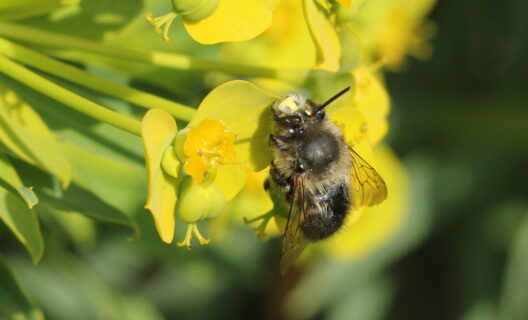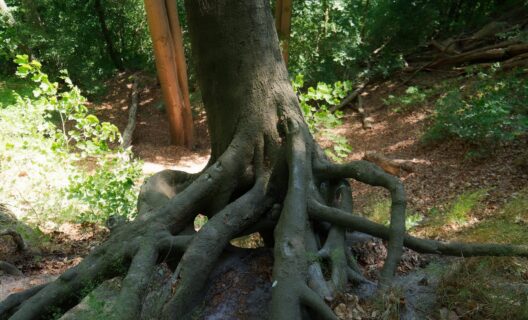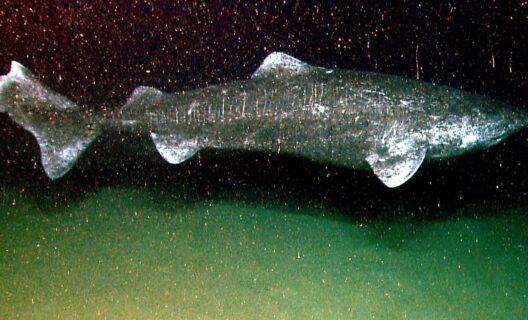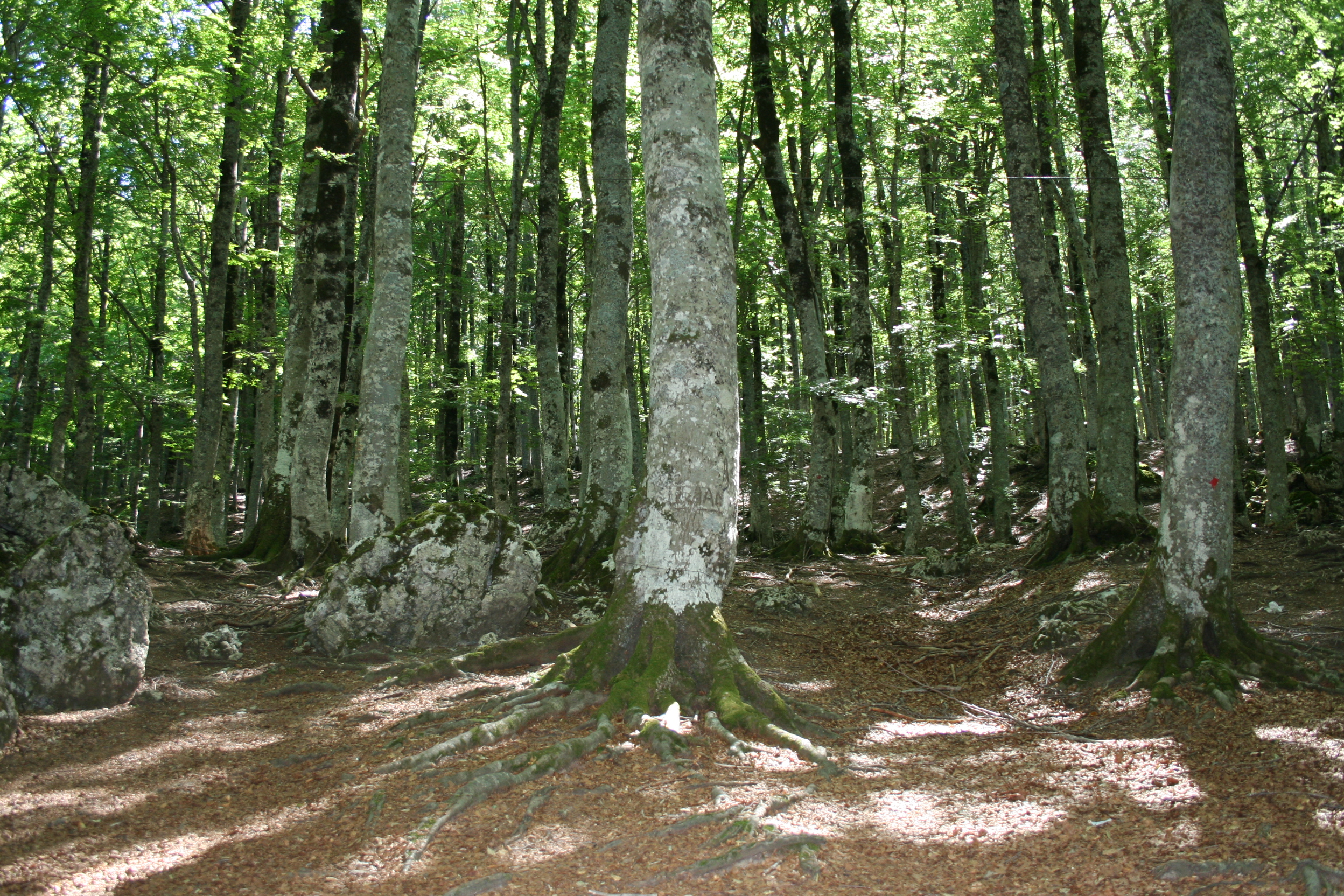

Reading time
0 min
New study shows influence of forest management methods on functional structure of undergrowth
New research in which La Sapienza University of Rome participated analyzed how human intervention in forests, with its variety of strategies aimed primarily at timber production, significantly impacts understory vegetation and consequently its health.
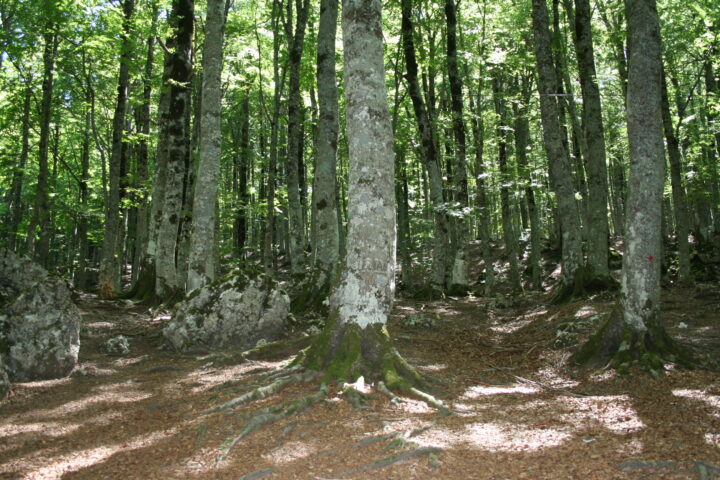
""
Consisting of the vegetation below the tree canopy level, the undergrowth plays a key role in forest ecosystems: it hosts most of the biodiversity in forests and influences vital processes such as regeneration and functioning of the entire ecosystem.
Starting with an analysis of 2107 sampling points distributed across 146 sites and twelve different European countries, the researchers investigated how distinct forest management methods affect ecosystem richness and resilience.
""
The parameters considered
Three parameters were considered. First, functional diversity was analyzed, which is the range of species characteristics (such as plant height, root type or leaf size) that influence their interaction with the environment and other species. The higher the functional diversity, the greater the ability of a forest to withstand environmental changes. In other words, just as a team of people with different skills can respond better to new challenges or changes than a group of people with more limited skills, similarly in a forest, if some species are sensitive to a particular disturbance or climate change, other species with different functional traits may be able to survive and maintain ecosystem functions.
Functional redundancy, or the presence in an ecosystem of several species performing similar functions, was then analyzed. In this case, if one species is affected by a disease or environmental change, other species with similar functions can compensate for the loss, ensuring that the same functions are carried out. Functional redundancy is crucial to an ecosystem’s resilience, that is, its ability to withstand and recover from disturbance or change. An ecosystem with high functional redundancy is like a network with multiple nodes: even if one node breaks down, the network as a whole can continue to function.
Finally, dominance was considered, which is the situation in which one or a few species are disproportionately abundant compared to other species within an ecosystem. High dominance can have several implications for an ecosystem, making it more vulnerable to environmental change, disease or other disturbances.
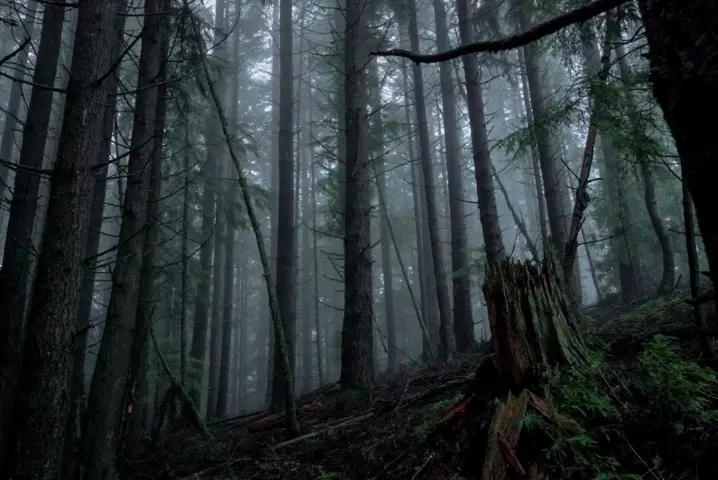
""
The results of the research
The conclusions reached by the research is that forest management can heavily influence these three factors. In the case of intensive management-that is, when there is a high intensity of harvesting to maximize short-term timber production-the functional diversity of the understory is reduced, and the ecosystem becomes more vulnerable to environmental change and less resilient in the long run; in return, functional redundancy, that is, the presence of different species playing similar ecological roles, increases.
When, on the other hand, a low-intensity regime is opted for (i.e., when tree cutting is organized in stages to allow natural renewal of species, or after specific tree selection), the levels of diversity and functional redundancy of the understory remain similar to those of unmanaged forests.
The research concludes that while there is no universally advisable forest management regime, low-intensity practices can help maintain both diversity and functional redundancy, promoting resilient and adaptable forest ecosystems.
The journey goes on
Every story paves the way for the next: discover where biodiversity takes you


